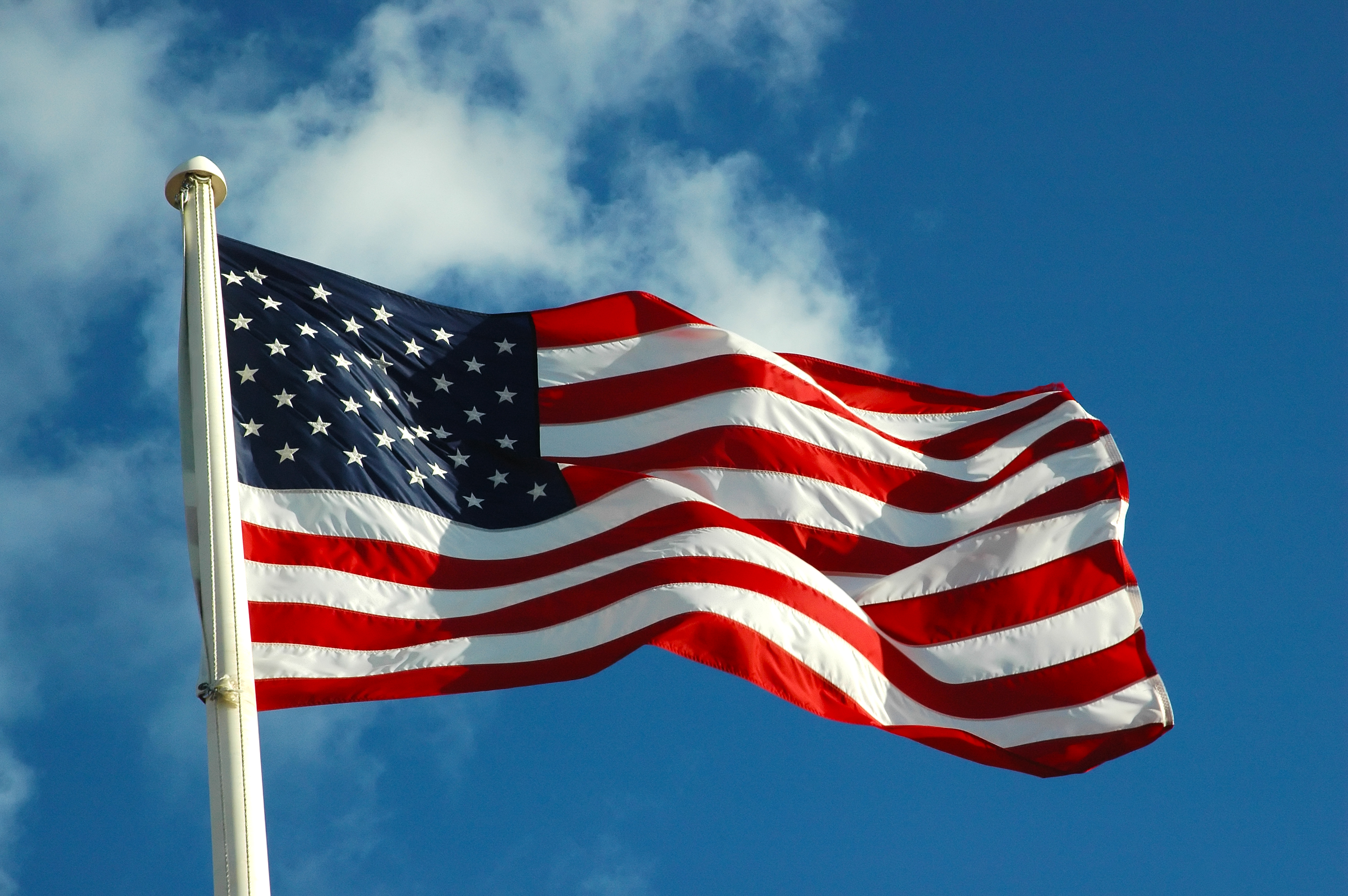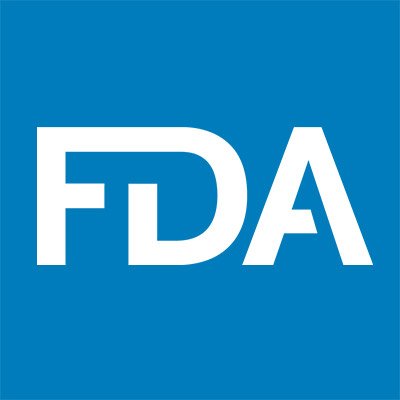The Food and Drug Administration (FDA or the Agency), the US authority responsible for medical devices regulation, issued an enforcement policy dedicated to the telethermographic systems in the context of the outbreak of the Coronavirus Disease 2019 (COVID-19) caused by the virus “SARS-CoV-2” or the “novel coronavirus”, and also its complications and respiratory diseases associated thereto. The present FDA guidance should be subject to immediate implementation: the Agency applies accelerated adoption procedure (without prior public consultations) due to the public health emergency announced in January and national emergency announced later in March. At the same time, the FDA will accept and take into consideration the comments from stakeholders in accordance with the general procedures and good guidance practices. It is also important to mention that the enforcement policy introduced by the guidance shall be effective only during the public health emergency, so the special measures it contains are being implemented on a temporary basis, while upon the cancellation of the public health emergency the appropriate general rules should be applied.

Scope of the FDA Guidance
The guidance document issued by the FDA is intended to expand the availability of telethermographic systems. The systems of this type are used for body temperature measurements to determine the next steps in the treatment process and the particular order of providing assistance to patients (triage use).
It has been identified that fever is one of the common symptoms of the coronavirus disease, while the telethermographic systems could be used to measure the temperature of the skin surface. Telethermographic systems could be used in airports, warehouses and other premises containing a large number of people (public places) for the purpose of the initial temperature assessment to identify the particular people that could need more detailed attention (triage use). According to the scientific literature available nowadays, telethermographic systems could be effectively used for such purpose by providing the possibility to perform initial temperature measurements. The appropriate guidelines for using telethermographic systems are described in scientific literature and international standards.
The present FDA guidance is intended to assist medical device manufacturers in maintaining compliance with applicable requirements to ensure the availability of medical devices intended for temperature measurements since the devices of this type are meeting the significant increase in demand nowadays. The Agency also aims to prevent potential shortages in the supply of thermography devices intended for triage use.
The FDA approved telethermographic systems are based on the principle of detection of the infrared radiation while these measurements are being converted into the measurements of temperature. Such systems meet the definition of a medical device and should be regulated accordingly in case if they are intended by the manufacturer to be used for body temperature assessment that constitutes a medical intended purpose. At the same time, telethermographic systems without an intended medical purpose fail outside the medical devices regulatory framework.
In particular, the scope of the present FDA guidance covers medical devices assigned to the product code LHQ, designed to be used for adjunctive diagnostic screening during the outbreak of the coronavirus disease, regulated under 21 CFR 884.298(a). It is important to mention that the scope of the guidance also covers products without an intended medical purpose that could be also used for the same purpose during the outbreak in order to avoid potential shortages and expand the availability of thermography devices on the US market.
Telethermographic Systems Regulatory Framework
As it was mentioned before, the main purpose of the present FDA guidance is to establish a favorable regulatory framework necessary to ensure the availability of telethermographic systems used for performing body temperature measurements. In particular, the Agency provides the requirements applicable both to the products determined as medical devices and also to the products without an intended medical purpose that could be used for body temperature measuring. According to the applicable legislation, the indication that the product is intended for a medical purpose means that it is intended by the manufacturer to be used for diagnosing, treatment or prevention of diseases, and such product should be determined as a medical device under the Food, Drugs and Cosmetics Act (FD&C), the key US regulation in the sphere of medical devices.
- Telethermographic systems without an intended medical purpose, that are not medical devices, could be marketed in the US without obligatory FDA approval. These devices are mostly intended to be used in other spheres (e.g. construction). Thus, the appropriate requirements, set forth by the medical device regulatory frameworks for the manufacturers or importers should not be applied. To determine whether the telethermographic system in question is a medical device, the FDA evaluates the following points:
- Whether the product is labeled to be used by healthcare professionals,
- Whether the product is labeled to be used in healthcare institutions,
- Whether the product is labeled to be used to measure body temperature.
- Telethermographic systems intended for adjunctive diagnostic screening, under the general rule, should be subject to FDA clearance procedure, providing that the manufacturer should submit a premarket 510(k) notification applying for the FDA approval in order to be allowed to place its device on the US market. At the same time, the manufacturer shall also duly maintain compliance with applicable post-marketing surveillance requirements set forth by the applicable legislation. According to the present FDA guidance, the Agency allows medical device manufacturers to place telethermographic systems on the market without the submission of the appropriate notification in advance. These temporary measures are aimed at the acceleration of all regulatory processes associated with the marketing of medical devices and would remain effective only during the COVID-19 pandemic. The Agency also allows to waive the requirements related to corrections and removals reporting, the quality system regulation and Unique Device Identification (UDI).
FDA Medical Device Modification Policy and Additional Requirements
The FDA guidance on thermography devices also provides special rules regarding changes to the FDA approved medical devices. In particular, the scope of modifications subject to exemption includes, inter alia, changes to the indications for use to include the triage use.
According to the position of the FDA, the new rules would not expose patients to additional risk in case if the device in question meets applicable labeling and performance requirements, and also when the measurements provided by the device are subject to additional confirmation by other evaluation methods.
The document also contains detailed requirements for labeling of the thermography devices, according to which the labeling should include:
- A notice stating that the measurements provided by the device should not be used as a primary source of information for diagnosis or treatment,
- A statement that the measurements should be subject to additional confirmation and the device should be used to measure the temperature of one patient at once,
- A description of medical device performance specifications, the indication of its accuracy,
- Clear indications of any differences in comparison to the FDA cleared medical device with the appropriate statement that some of the changes (explicitly indicated in the labeling) have not been approved by the FDA.
- Other labeling requirements listed in FDA guidance.
Summarizing the information provided hereabove, the FDA introduces a special temporary regulatory framework to expand the availability of medical devices and products that could be used for body temperature measurements.
How Can RegDesk Help?
RegDesk is a next-generation web-based software for medical device and IVD companies. Our cutting-edge platform uses machine learning to provide regulatory intelligence, application preparation, submission and approvals management globally. Our clients also have access to our network of over 4000 compliance experts worldwide to obtain verification on critical questions. Applications that normally take 6 months to prepare can now be prepared within 6 days using RegDesk Dash(TM). Global expansion has never been this simple.
Sources:
https://www.fda.gov/media/137079/download

